Story of the .30-06: America’s Cartridge
November 13th, 2021
9 minute read
The .30-06 went to Alaska when miners were still plodding the Chilkoot trail. It predates Ford’s Model T and Browning’s .45 auto pistol, the paper towel and the curtain rod, candy apples and fortune cookies, Idaho’s Big Burn and San Francisco’s earthquake. The Titanic had not yet been built. The .30-06 pulled the U.S. through two world wars. It arrived in hunting camps before Coleman lanterns.
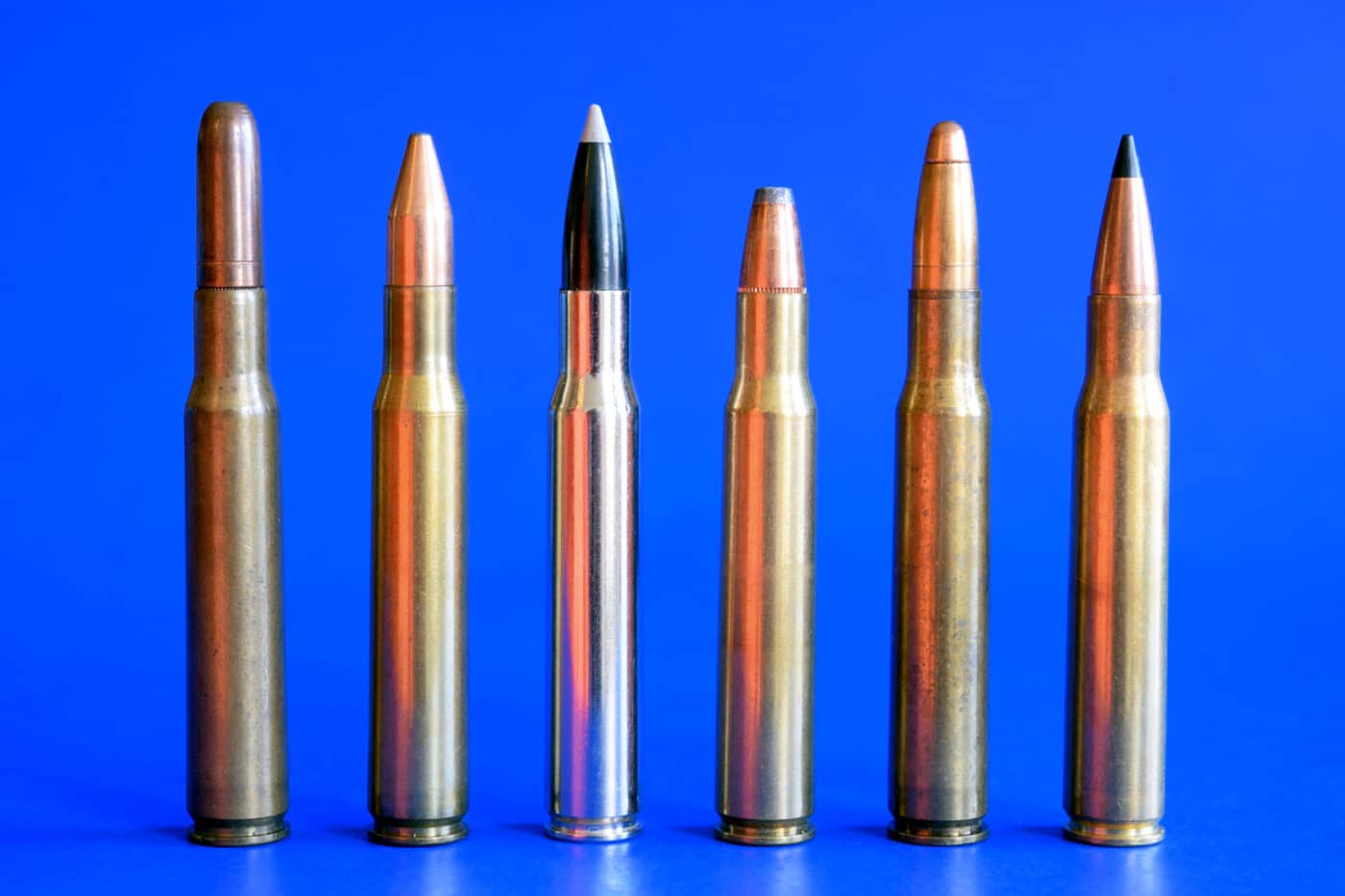
In 1900, engineers at Springfield Armory began work on a battle rifle to replace the .30-40 Krag-Jorgensen. Their prototype emerged a year later. The Model 1903 Springfield rifle resulted. Its .30-caliber .30-03 rimless cartridge headspaced on the shoulder, like the 8×57 Mauser. A 220-gr. bullet at 2,300 fps made the .30-03 a ballistic match for the 8×57, and with a 236-grain bullet, it ran at 2,125.
A Different Direction
A year after the .30-03’s debut, Germany gave the 8×57 a flatter arc with a 154-gr. 8mm spitzer at 2,800 fps. The U.S. countered with the Ball Cartridge, Caliber .30, Model 1906. It launched a 150-gr. bullet at 2,700 fps. For reasons not entirely clear, an edict came down to shorten the case .07, to .494. All .30-03 rifles were promptly recalled for re-chambering.
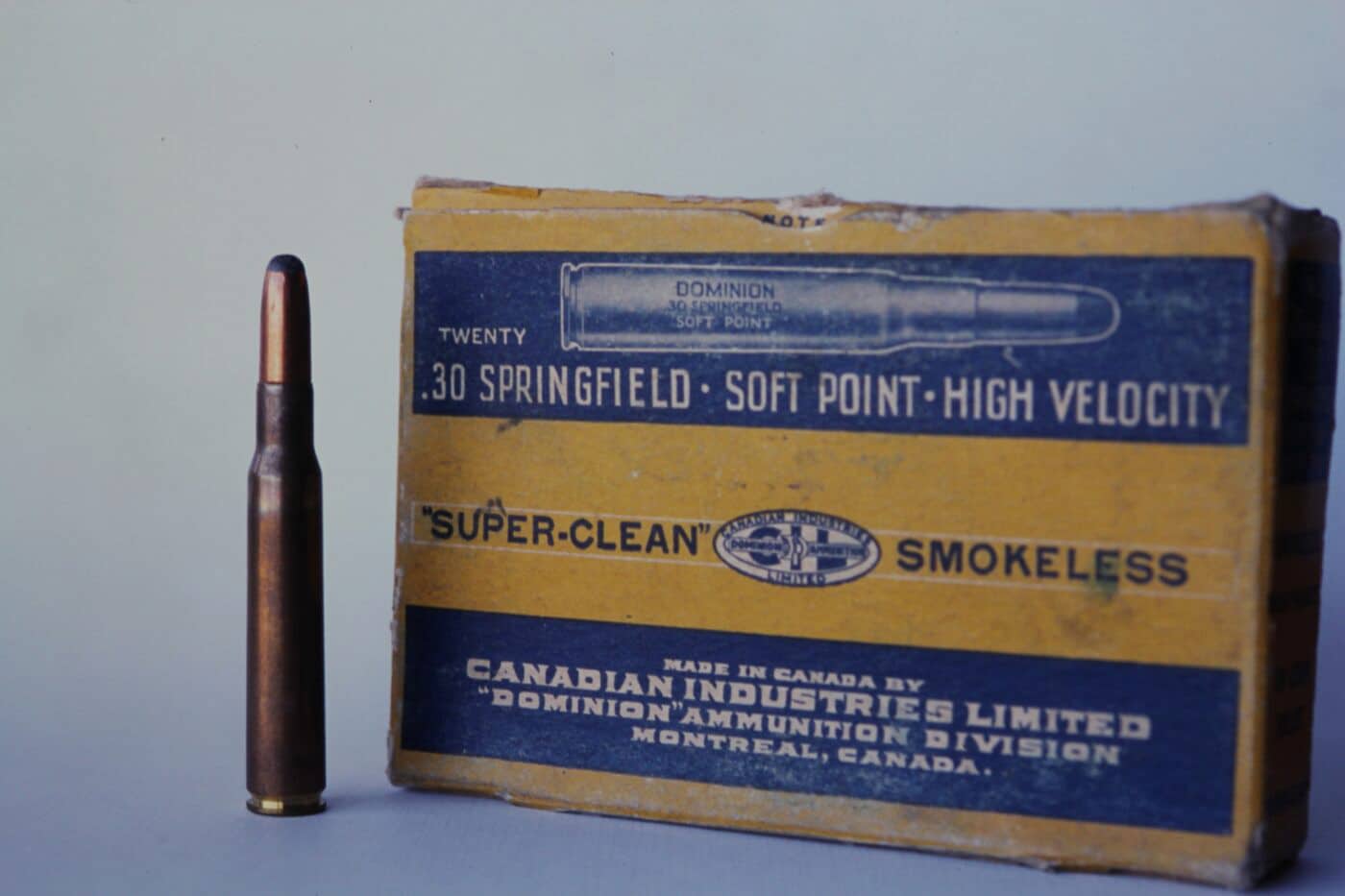
In 1908, the .30-06 began a 32-year run in the National Matches, chambered in what was then hailed as “the most accurate and probably the comeliest military shoulder weapon ever devised.” The 1903 Springfield rifle would retain its Service Rifle status in 1940, as the M1 Garand made its competitive debut. Eleven years later, the Garand would take that mantle.
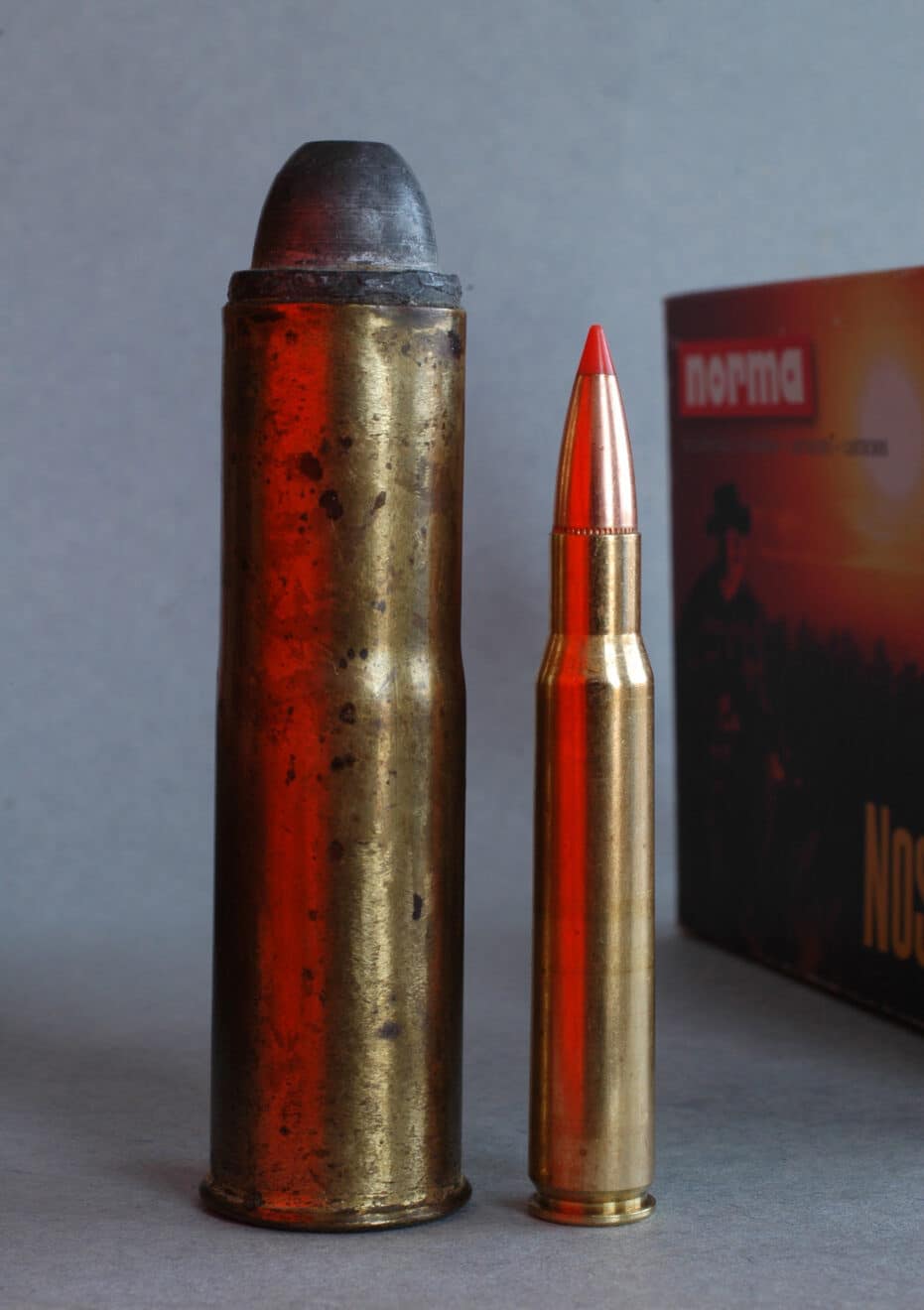
In 1916, the U.S. (Remington and Winchester) gave Great Britain a hand by building P14 Enfield rifles for the .303 British cartridge after Vickers could not fulfill the contract. In lieu of re-tooling those production lines when America entered the war, the P14 action was modified and barreled for the .30-06. So was born the Enfield Model of 1917. Production soon surpassed that of 1903 Springfields.
The Great War demonstrated that bullets of high ballistic coefficient increased effective range, so the Army replaced the .30-06’s 150-gr. bullet with a 173-gr. spitzer at 2,646 fps. This M1 cartridge pestered soldiers to 5,500 yards. It hiked recoil, too. In 1939, the Army adopted the M2 load with a 152-gr. spitzer at 2,805 fps. It functioned better in the new gas-driven Garand than did loads with heavier bullets. U.S. troops used it throughout World War II.
A New Host
Competing with the Garand for military favor was another .30-06, designed by Melvin Johnson in 1939. The Johnson rifle had a short-recoil action with an eight-lug rotating bolt. The barrel retracted on firing, then unlocked from the bolt, which continued its rearward travel to eject. Also chambered in 7×57 (for Chile) and .270, the Johnson M1941 was faulted in bayonet trials and for vertically stringing bullets. But it brought orders from the Netherlands for the defense of the Dutch East Indies. Roughly 2,000 rifles shipped before the Japanese invaded. In 1944, the U.S Army offered the Free French use of 10,500 Johnson rifles and light machine guns from the unfulfilled Dutch contracts. A few of those had already been acquired by the U.S. Marines. One saw service on Iwo Jima early in 1945. Captain Robert H. Dunlap, later awarded the Medal of Honor for his actions there, credited his Johnson rifle for saving his life and others.
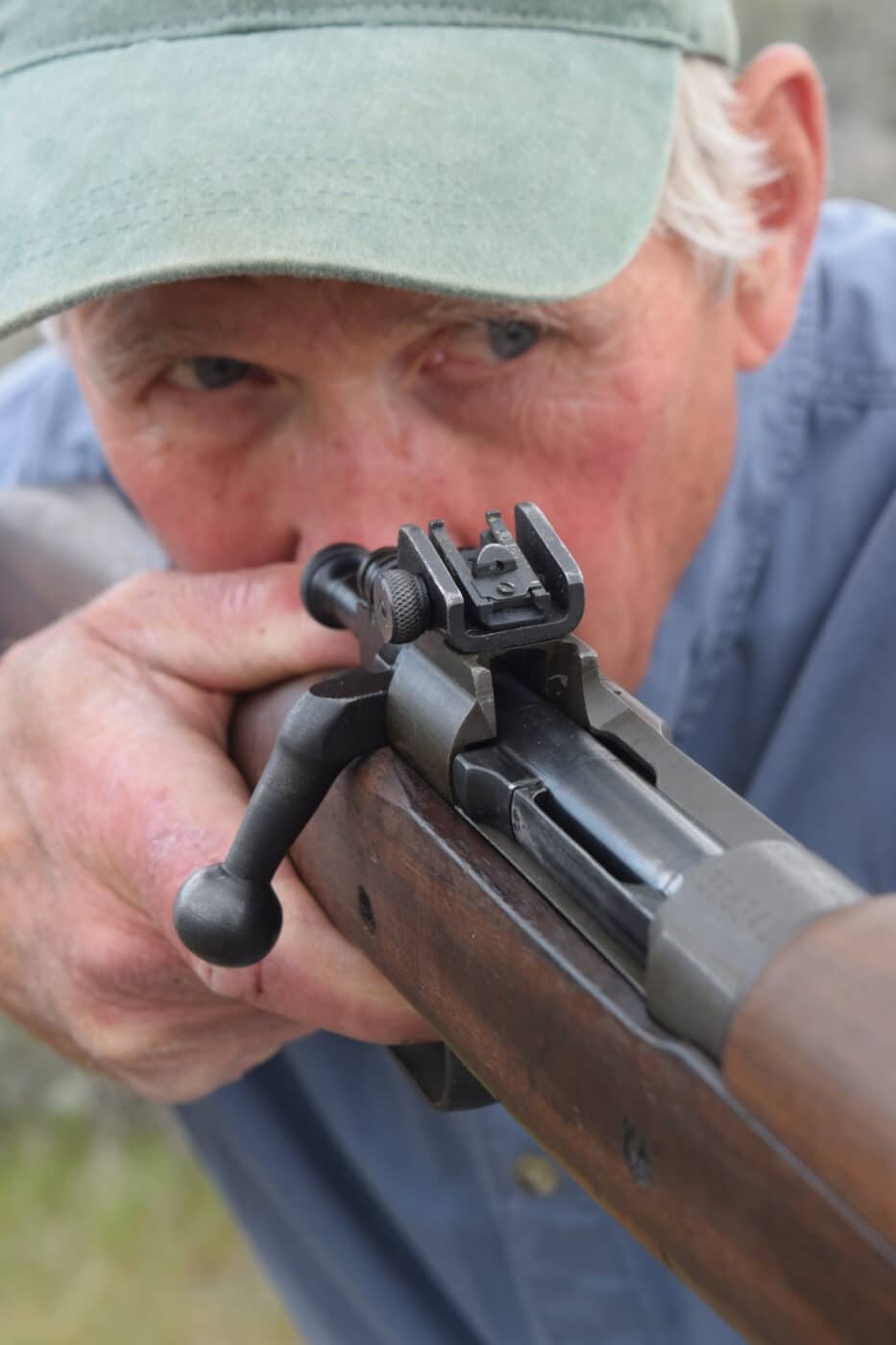
The .30-06’s history in machine guns predates the 1917 development of the Browning Automatic Rifle. By 1910, John Browning had invented its inspiration: his Heavy Water Cooled Machine Gun. It sat on the shelf even as the BAR was accepted into service. When the U.S. declared war in Europe April 6, 1917, the Army hustled Browning to Springfield Armory to test his machine gun. He sent 20,000 rounds downrange without a hiccup. No parts failed; none showed fatigue! Then Browning stunned onlookers by firing another 20,000 rounds! For an encore, to prove this wasn’t a specially tuned sample, he unpacked a second machine gun. Fed what surely seemed an unending belt of ammunition, the gun fired continuously for 48 minutes 12 seconds.
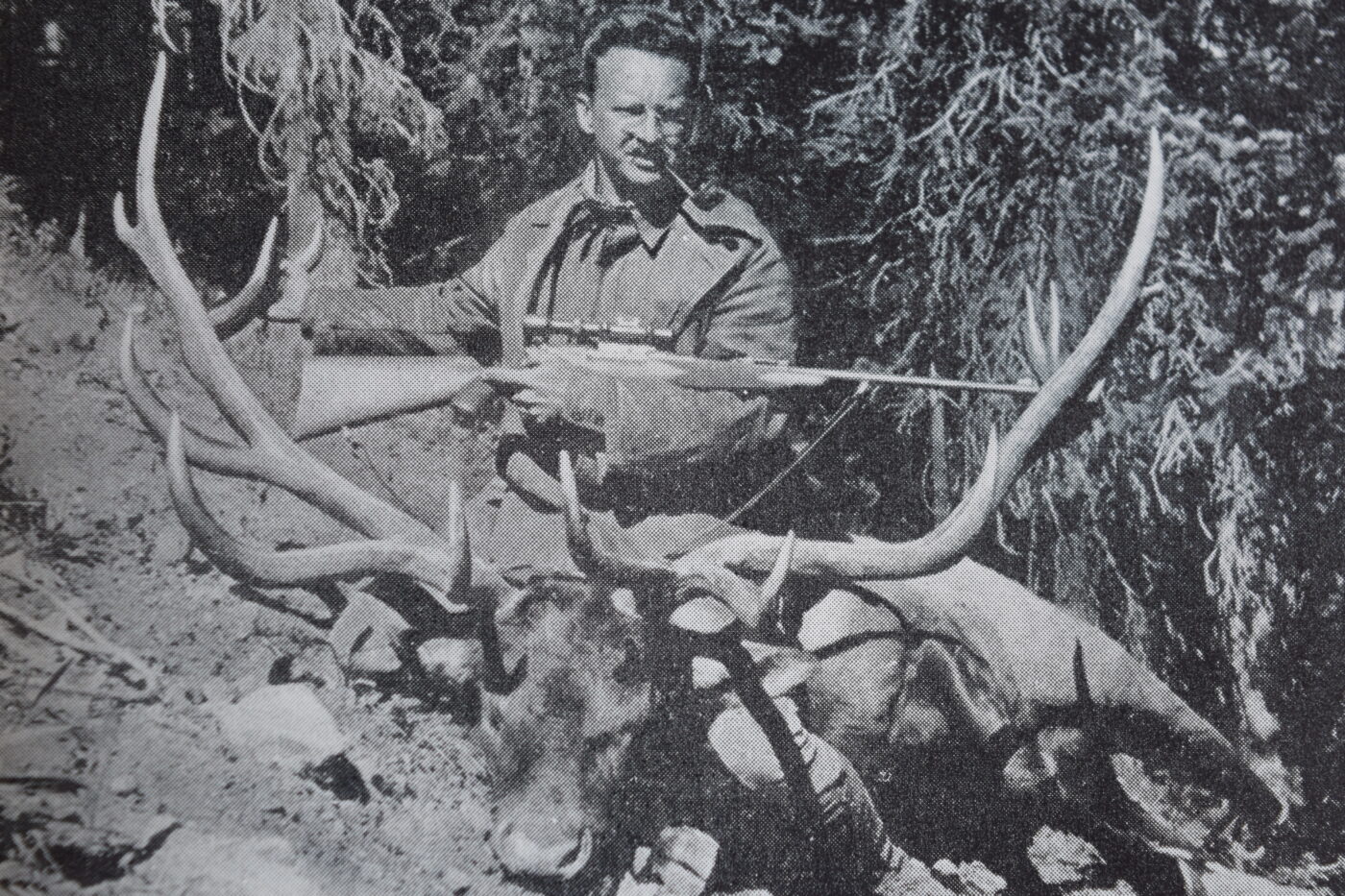
The seven-member examination board didn’t take that long to approve Browning’s 1917 machine gun. It would spawn the Model 1919, predecessor to the M60, developed after the 7.62 NATO cartridge had largely replaced the .30-06 in military service.
Back to the Homefront
When I was a lad, surplus military .30-06 ammo sold in quantity for a pittance. But shooters soon learned rifle barrels didn’t long endure it without diligent cleaning. Potassium chlorate primers deposited corrosive salts. Immediate swabbing with hot water and ammonia, then drying and oiling bores defeated this residue, but on battle-fields and hunts, that wasn’t always a convenient routine. In 1901, the German firm of Rheinische-Westphalisch Sprengstoff (RWS) had developed priming without potassium chlorate. Rostfrie primers resulted. Despite this and subsequent advances in priming, .30-06 service loads would bear corrosive FA 70 primers as late as 1952! The only corrosive-primed domestic .30-06 ammo since: a run of Western Match with Western 8 1/2 G primers. These were also mercuric.
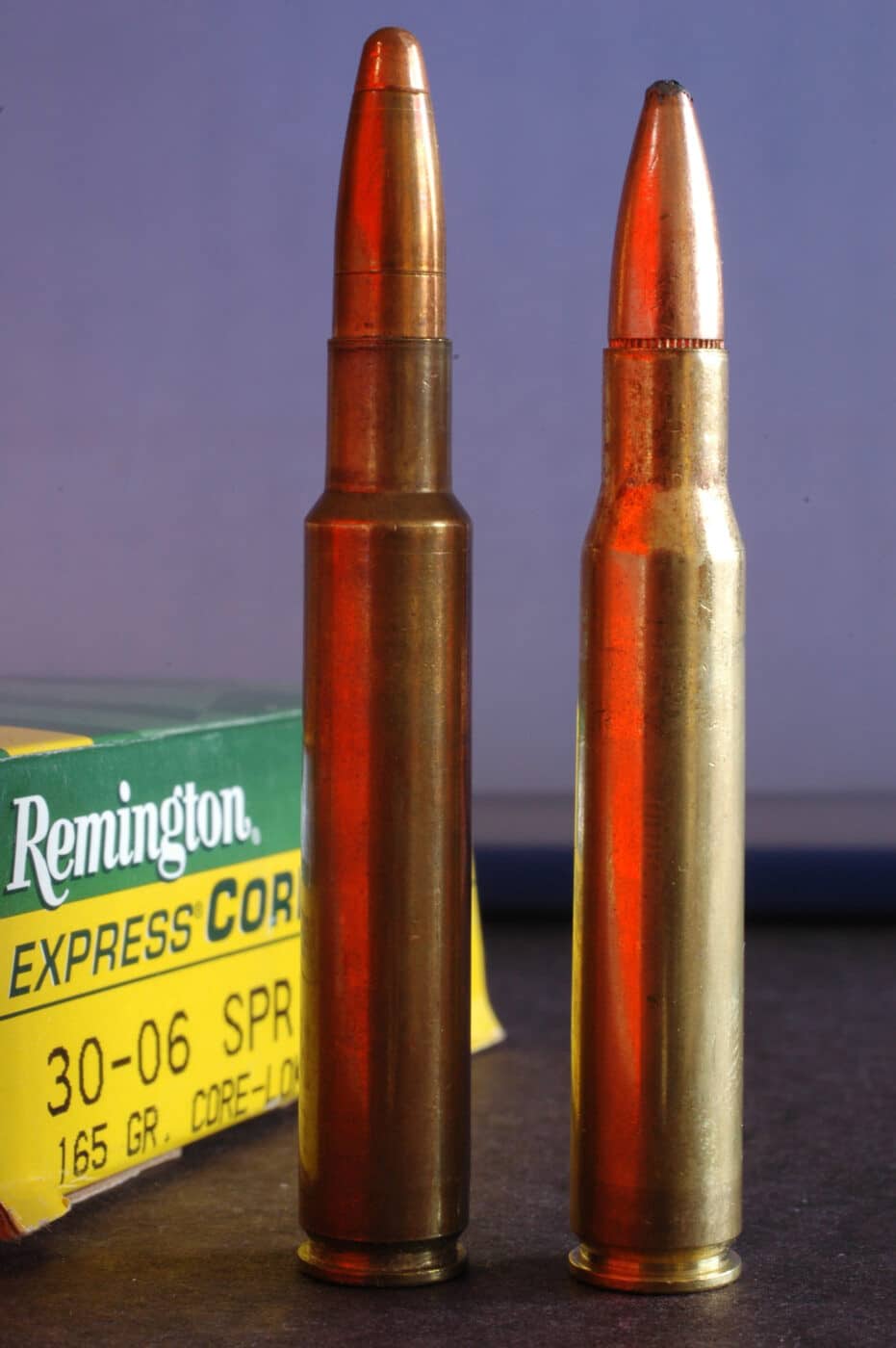
Remington developed non-corrosive Kleanbore priming in 1927. Winchester Staynless followed. But these, and Peters Rustless, contained mercury fulminate. Its residue, harmless to steel, weakens brass. It would fall to German chemists to remove both potassium chlorate and mercury fulminate from primers.
Bullets for the .30-06, like those for the .30-40 Krag, were jacketed, to endure bore friction from the high velocities possible with smokeless powders. Early steel jackets had a cupro-nickel coat. Fired at .30-06 speeds, they fouled the bore, especially at the relatively cool muzzle. To reduce fouling, the Army issued “Mobilubricant” to soldiers on the eve of World War I. Breech pressures suddenly began bouncing from 51,000 to 58,000 psi, with increasing back-thrust. Tin-plated jackets made the problem worse, as tin “cold soldered” itself to the case neck. One bullet recovered at a shooting range still wore the case neck! The Army dropped Mobilubricant and tin-plated bullets. Cupro-nickel jackets (60% copper, 40% nickel) yielded a better result. After 1922 Palma Match ammo with Western’s Lubaloy jacket of 90% copper, 8% zinc and 2% tin performed well, gilding metal (90% copper, 10% zinc) jackets gained traction in military and commercial loads. It’s still the dominant alloy.
Jacket and core dimensions for 30-caliber bullets are held to ever-tighter tolerances. Sierra keeps MatchKing jacket thickness within .0003 of a standard, and limits bullet weight variation to .3 grain. Test lots that don’t shoot into .250 inches at 100 yards can disqualify the entire batch.
“We shoot four five-shot groups to check lots,” a Hornady engineer explained. “Average extreme spread for 30-caliber hunting bullets must stay inside .600 at 100 yards. Our match bullets must print .800 groups at 200 yards.”
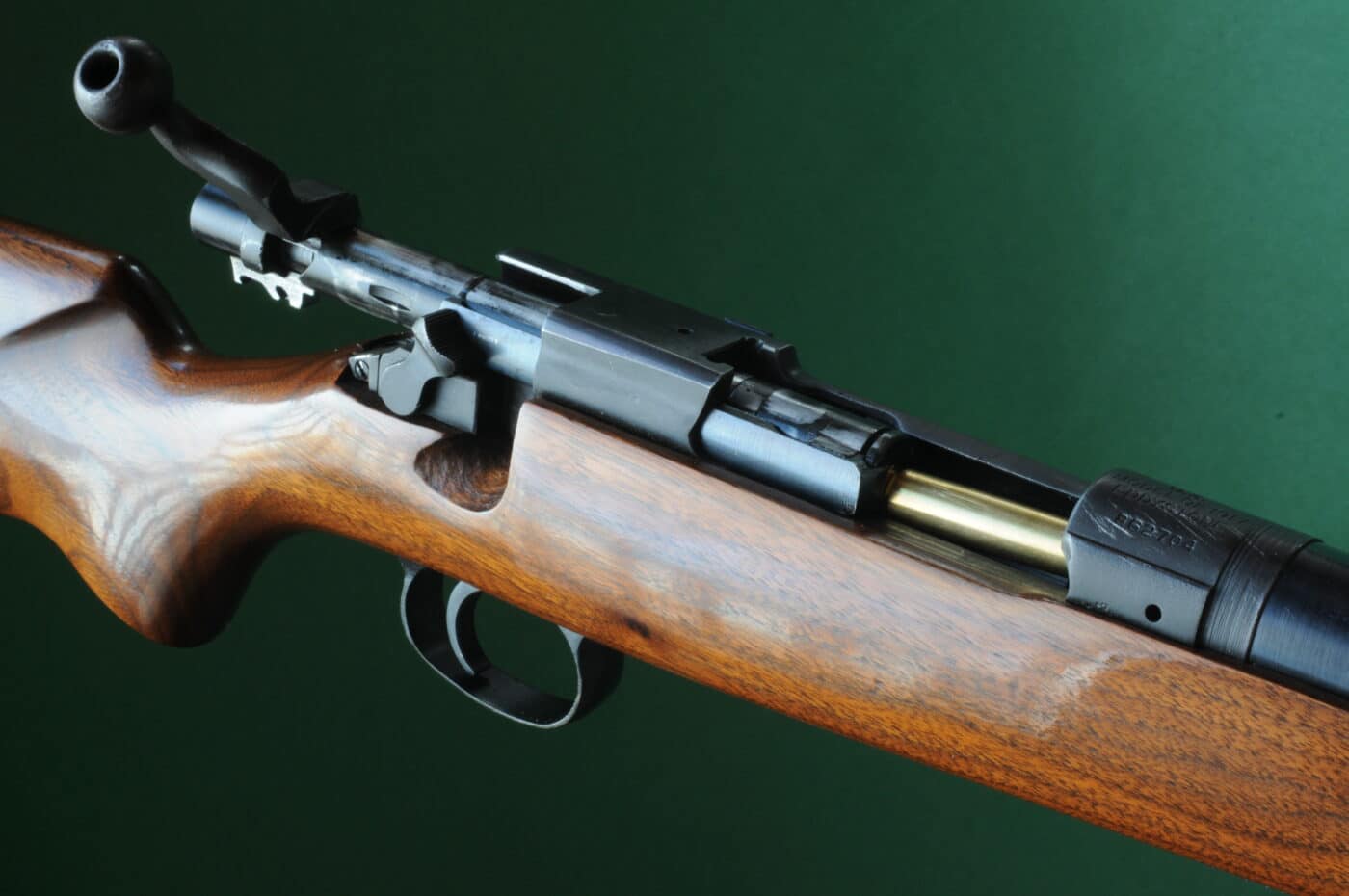
The tide of 1903 Springfields at surplus prices contributed to the huge popularity of the .30-06 in hunting circles following World War I. The cartridge also had a big ballistic edge over the Krag and loads for lever rifles of the 1880s and ’90s.
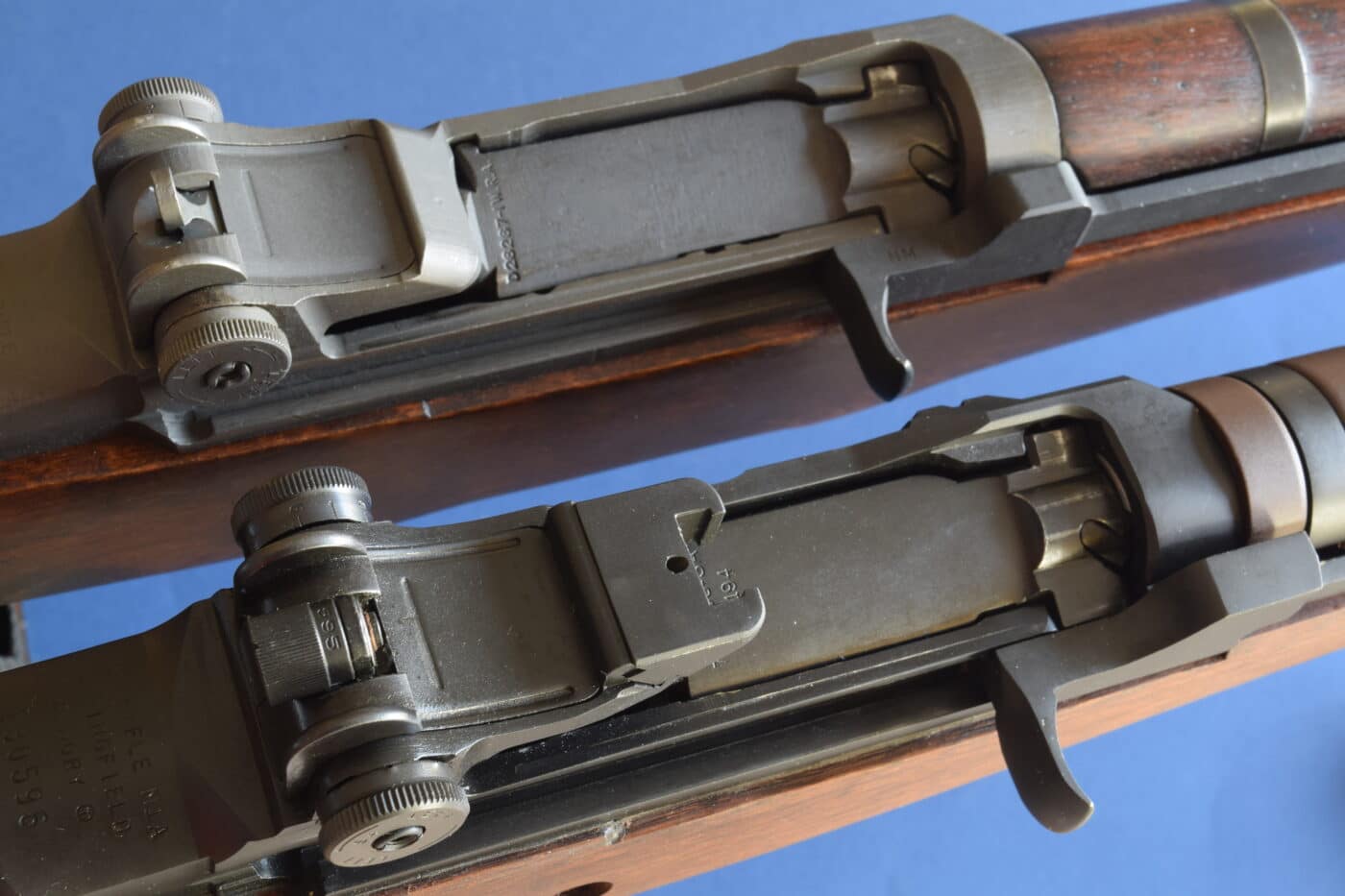
Despite its ubiquity, anyone dismissing the .30-06 as commonplace did so at their peril. The most respected riflemen of the day hailed and used the .30-06, and handloaded for it. These included Townsend Whelen, who launched 165-gr. boattails with 58 grains 4350, and Ken Waters, who capped 50 grains Norma 203 with 180-gr. bullets. Outdoor Life shooting editor Jack O’Connor liked 53 grains IMR 4320 behind 150-gr. bullets. Field & Stream’s Warren Page claimed fine accuracy with 180-gr. bullets, 55 grains 4350.
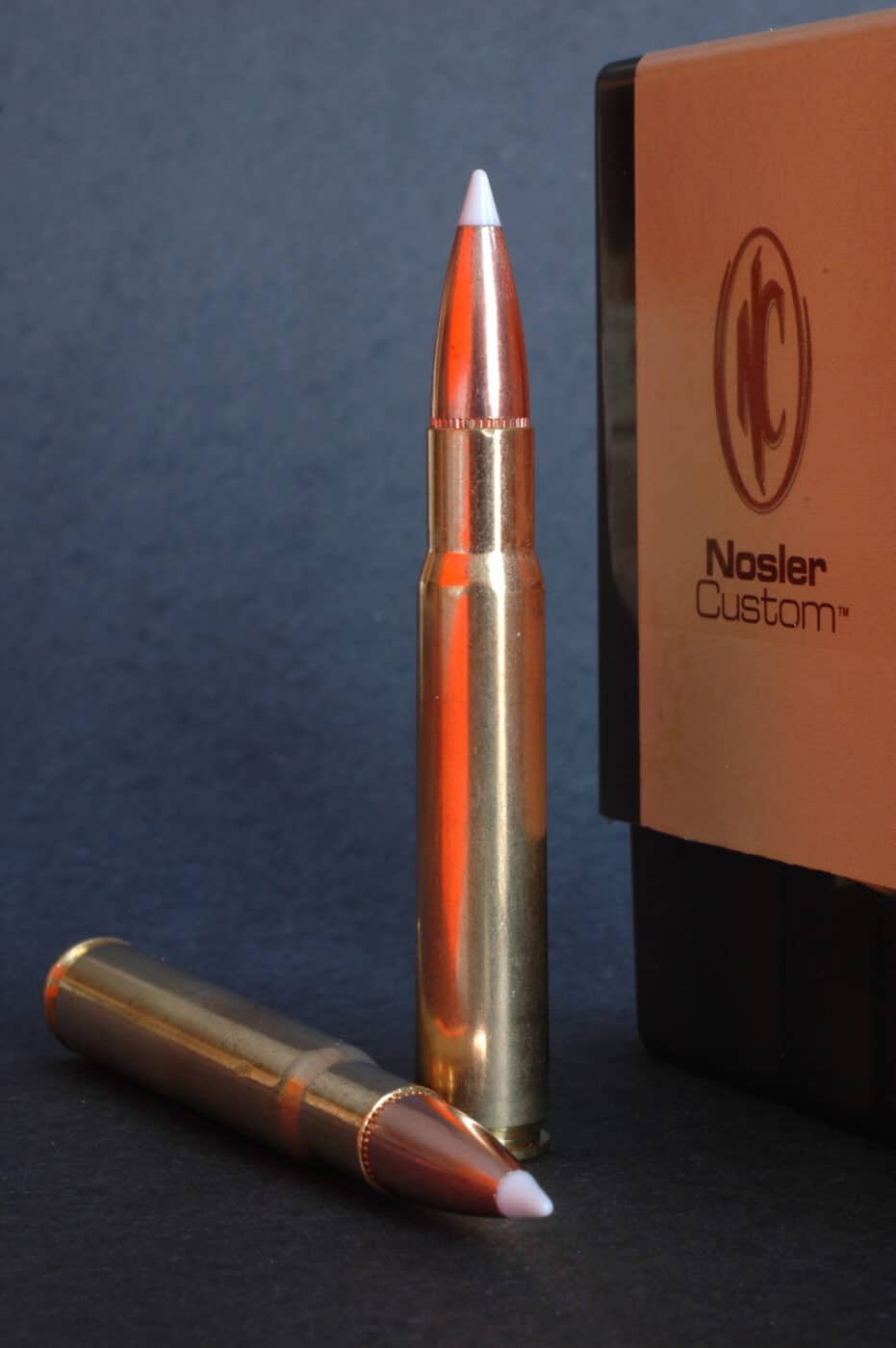
The .30-06 is no less popular among handloaders now – though any need to “roll your own” has diminished in a flood of ever-more-effective factory loads. In my second book on rifle ballistics, I listed more than 100 commercial loads for the .30-06. And these only from major manufacturers!
A Wealth of Options
The versatility of the .30-06 owes much to the range of bullets in factory loads: historically, 110 to 220 grains. I wouldn’t be surprised if 90% of .30-06 hunting rifles carry loads with 150-, 165- and 180-gr. spitzers. They trace flat arcs, dropping about 8″ at 300 yards, 22 at 400, given a 200-yard zero. In North America, they’ve served ably for game from pronghorns to grizzlies.
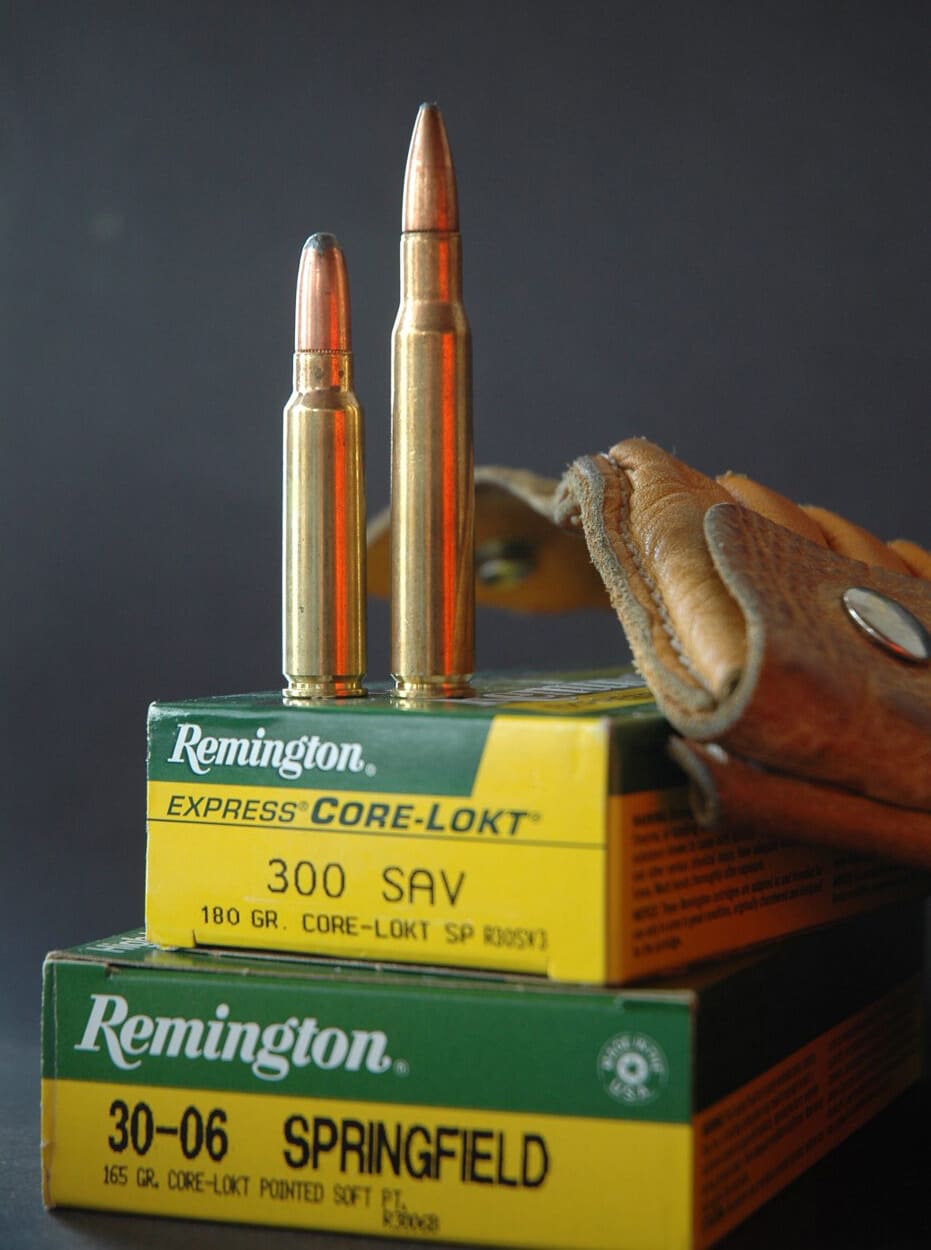
While the magnum march begun in the 1950s has not stalled, better bullets and hotter loads have added muscle to the .30-06. For decades, ballistics tables have listed the standard velocity of a 180-gr. bullet from a .30-06 at 2,700 fps. Over my chronograph, factory loads routinely fall short of that mark. Of course, barrel length matters. But current lists include frothier options. Hornady hawks a Superformance 180-gr. load at 2,820 fps from a 24” barrel, corresponding 165- and 150-gr. loads at 2,960 and 3,080 fps. Those speeds approach what was once expected from the .300 H&H Magnum!
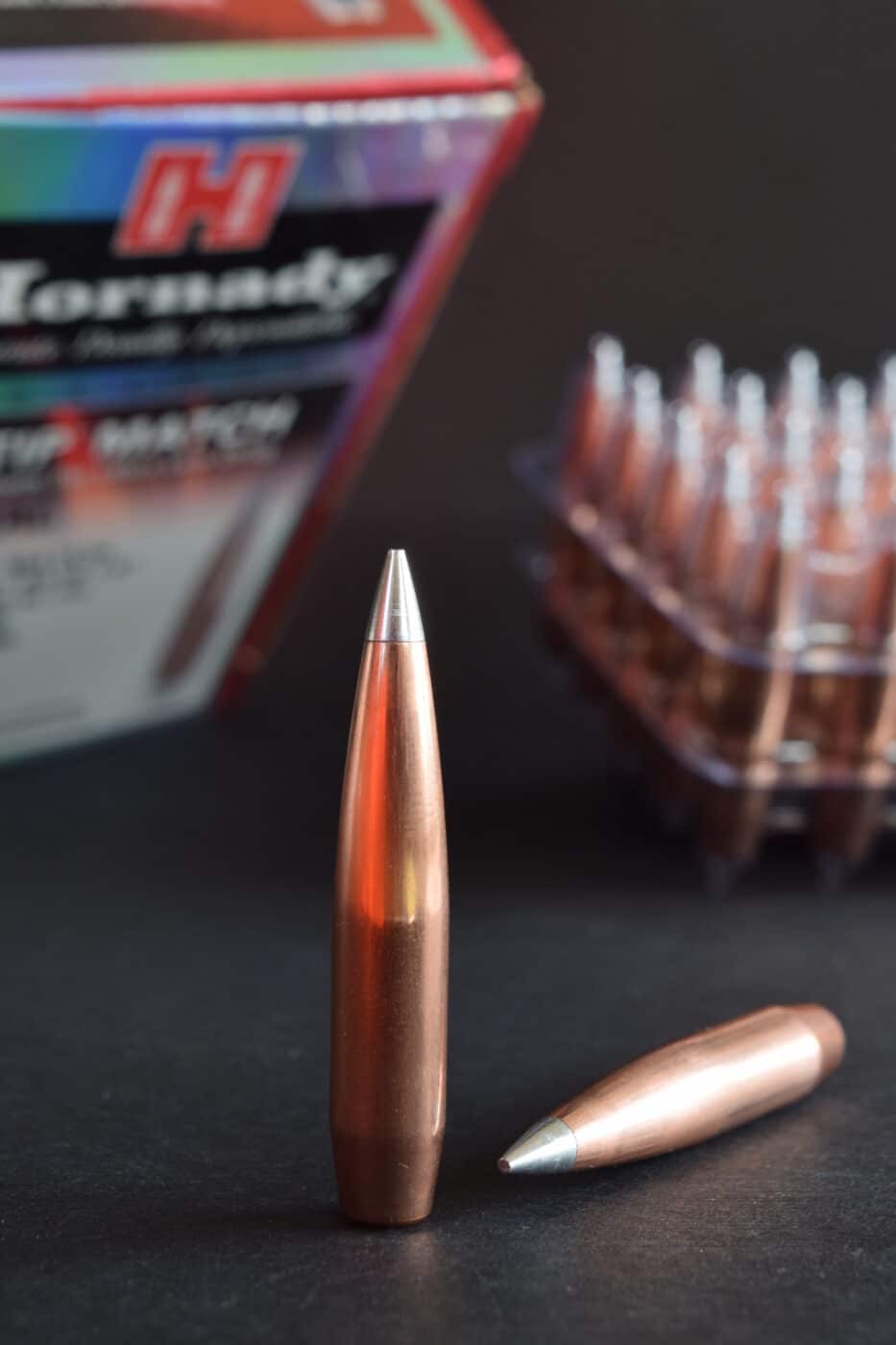
Alas, the 220-gr. round-nose at about 2,400 fps is about gone from .30-06 ammo lists, though in thickets, where you might get quartering shots on big beasts, it’s deadly. Federal still offers it. An even better pick for tough game is Federal’s 200-gr. Trophy Bonded Bear Claw at 2,540 fps, a deep-driving bullet that opens to a double-diameter fist while dumping nearly 2,900 ft.-lbs. of energy.
It’s hard to improve on the .30-06. And many of the most useful alternatives since its debut have derived from the .30-06! The .270 Winchester (1925) did. So did the .280 (1957), and of course the .25-06 (1969). Then there’s the .35 Whelen, a Remington adoption (1987). Contemporary wildcats include the .30-06 Improved and .338-06. Less common but with fine records afield: the 6.5/06 and 8mm/06, the .375 and .400 Whelen. Both my .30-06 Improved rifles were carved from 1903 Springfields. One of them took a fine elk with a 180-gr. Nosler Partition.
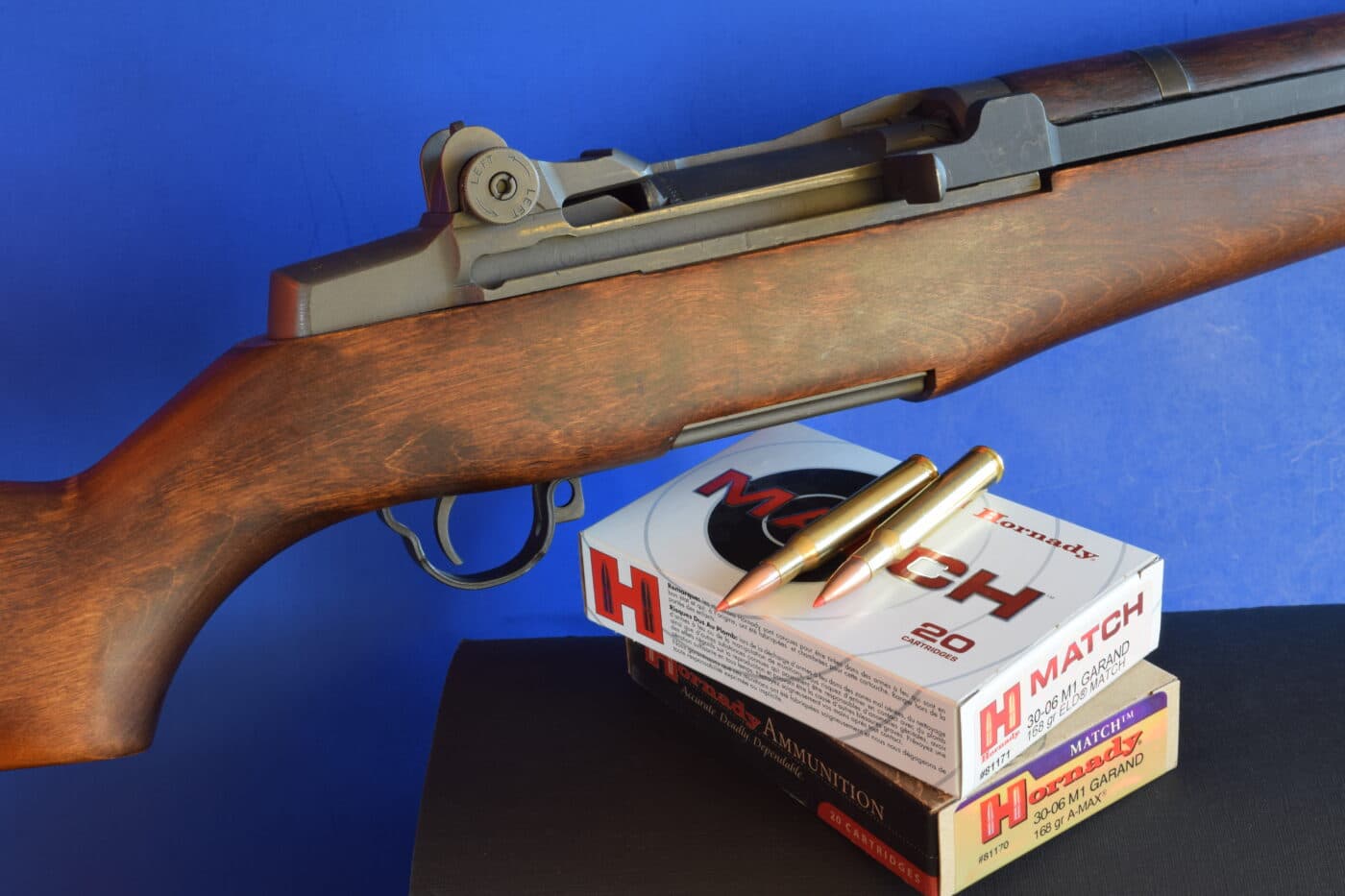
But the .30-06 in original form, with ordinary loads, has taken many elk. In my days as a hunting guide, the “best” bull taken by a client fell to a woman with a .30-06. If memories serve, its antlers scored 381. Surveys I conducted among elk hunters during the 1990s showed the .30-06 and Remington’s 7mm Magnum neck-and-neck in popularity, trouncing runners-up: the .270 and .300 Winchester Magnum. Half a century earlier, in 1939, the .30-06 had ranked among the three most popular elk rounds in a survey of 2,285 hunters in Washington State. The top dozen entries:
| Cartridge | Number Used | Percent of Total |
| .30 & .30-30 | 613 | 27% |
| .30-06 | 491 | 21% |
| .30-40 Krag | 268 | 12% |
| .300 | 123 | 5% |
| .35 | 119 | 5% |
| .32 Special | 87 | 4% |
| .303 | 86 | 4% |
| .25-35 | 71 | 3% |
| 8mm | 53 | 2% |
| .348 | 52 | 2% |
| .250-3000 | 47 | 2% |
| .32 | 44 | 2% |
Sadly, there’s no clarification of “.30” here. Presumably, it’s the .30 Remington; but some barrels bored for the .30-06 were once marked .30 Gov’t 06, perhaps leading some hunters to record such a rifle as a .30. (The “.300” is also problematic. Savage’s .300 was older, less powerful and more common than the .300 H&H Magnum, and appeared overwhelmingly in lever rifles. Both, and others now, are .300s).
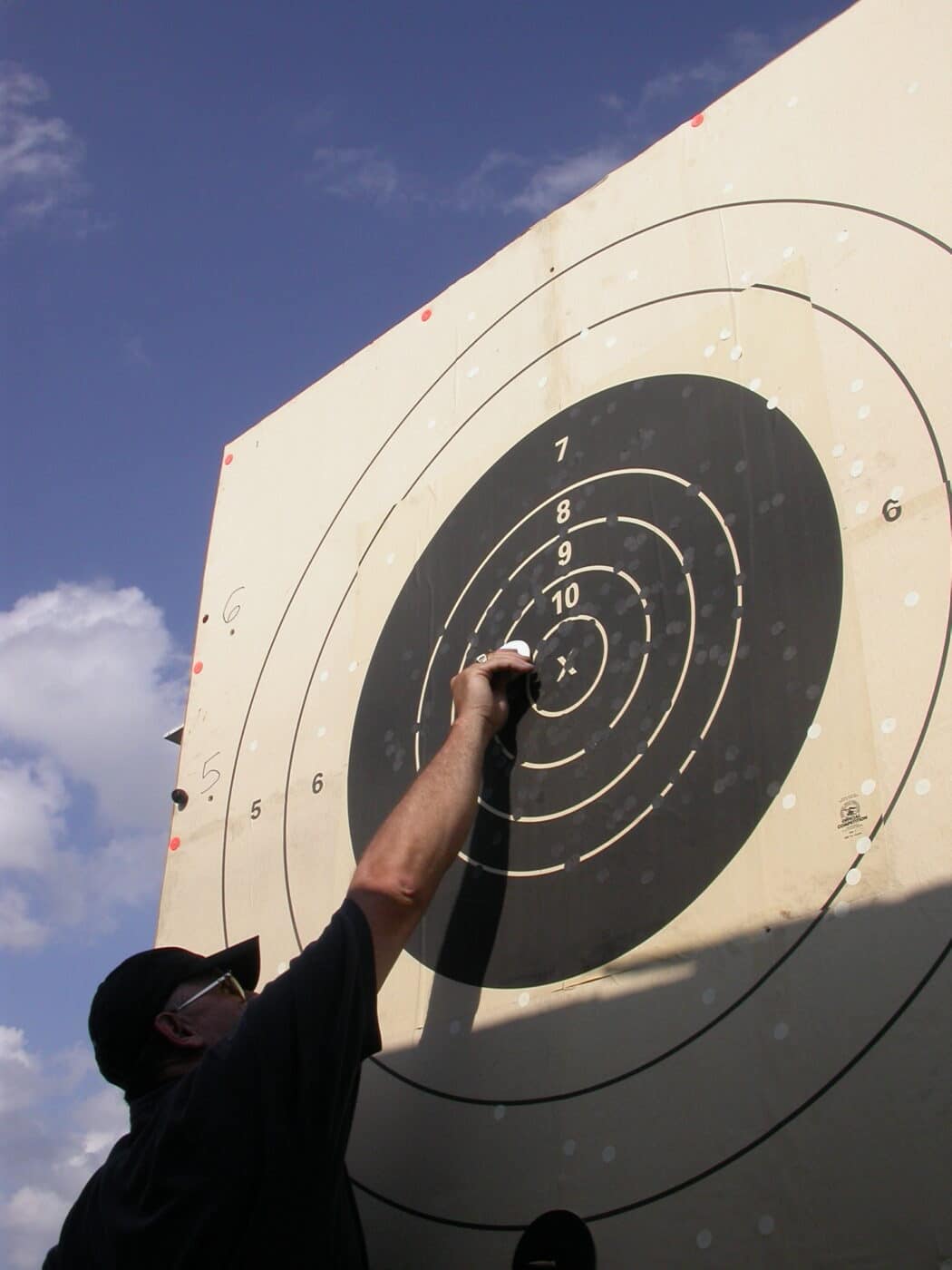
Conclusion
The .30-06 is revered by hunters worldwide. You’ll find .30-06 ammunition nearly everywhere cartridges are sold. A comprehensive review of the .30-06, in and out of uniform, on shooting ranges and the world’s game fields, would fill many pages.
Editor’s Note: Please be sure to check out The Armory Life Forum, where you can comment about our daily articles, as well as just talk guns and gear. Click the “Go To Forum Thread” link below to jump in and discuss this article and much more!
Join the Discussion
Continue Reading
Did you enjoy this article?

 271
271






